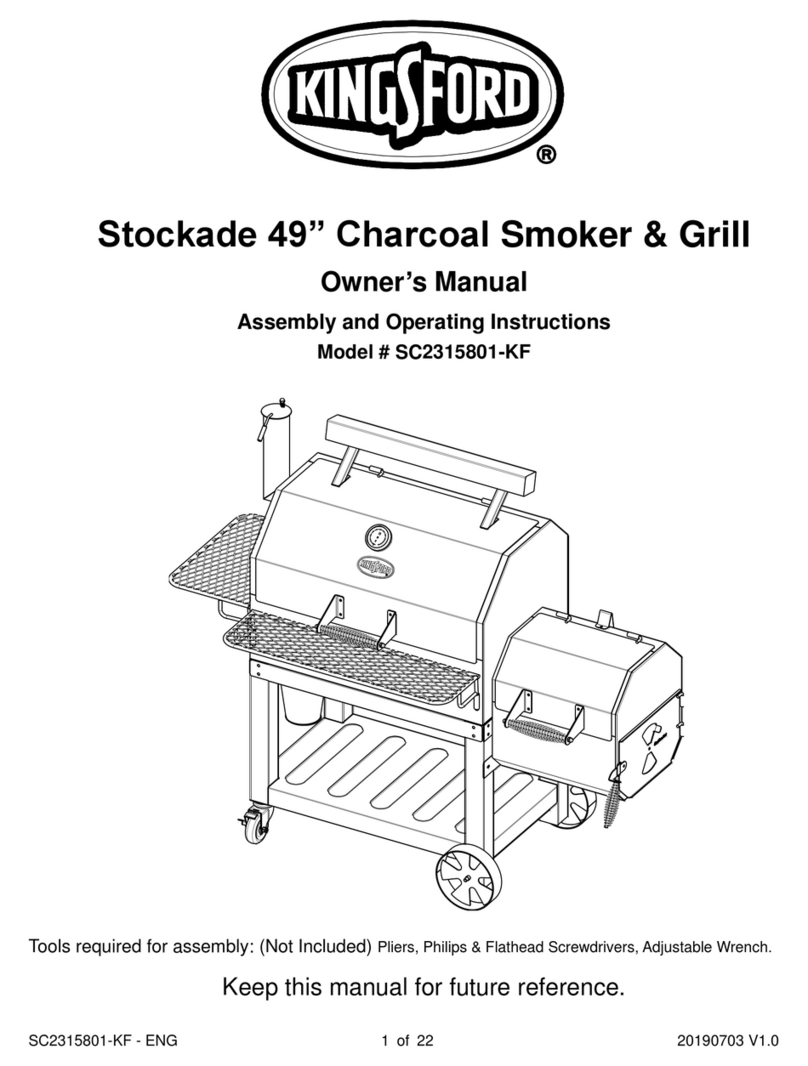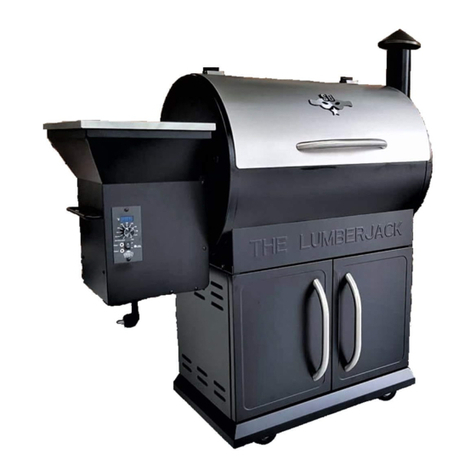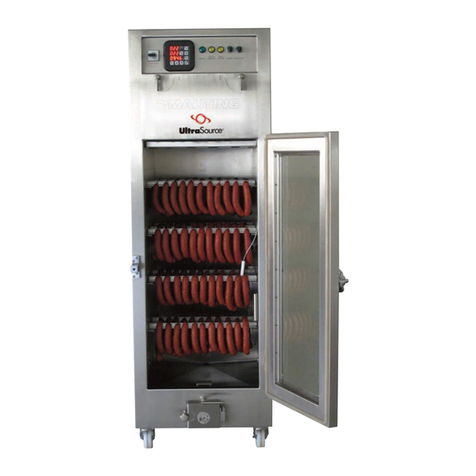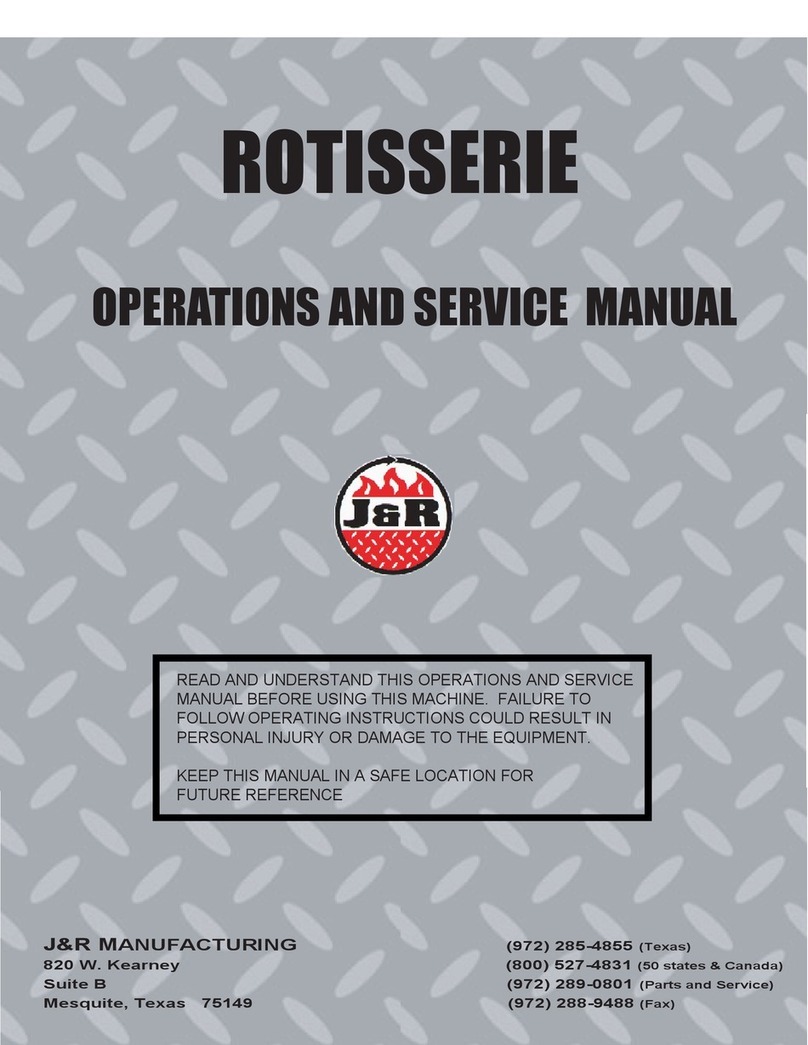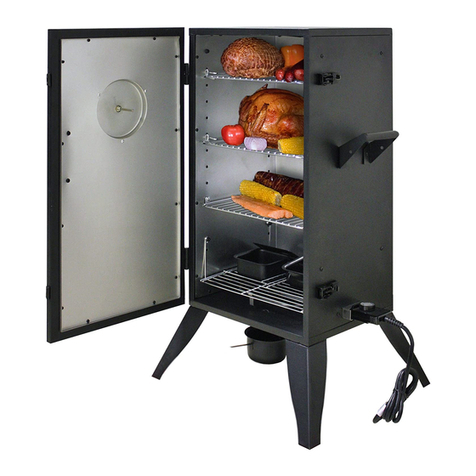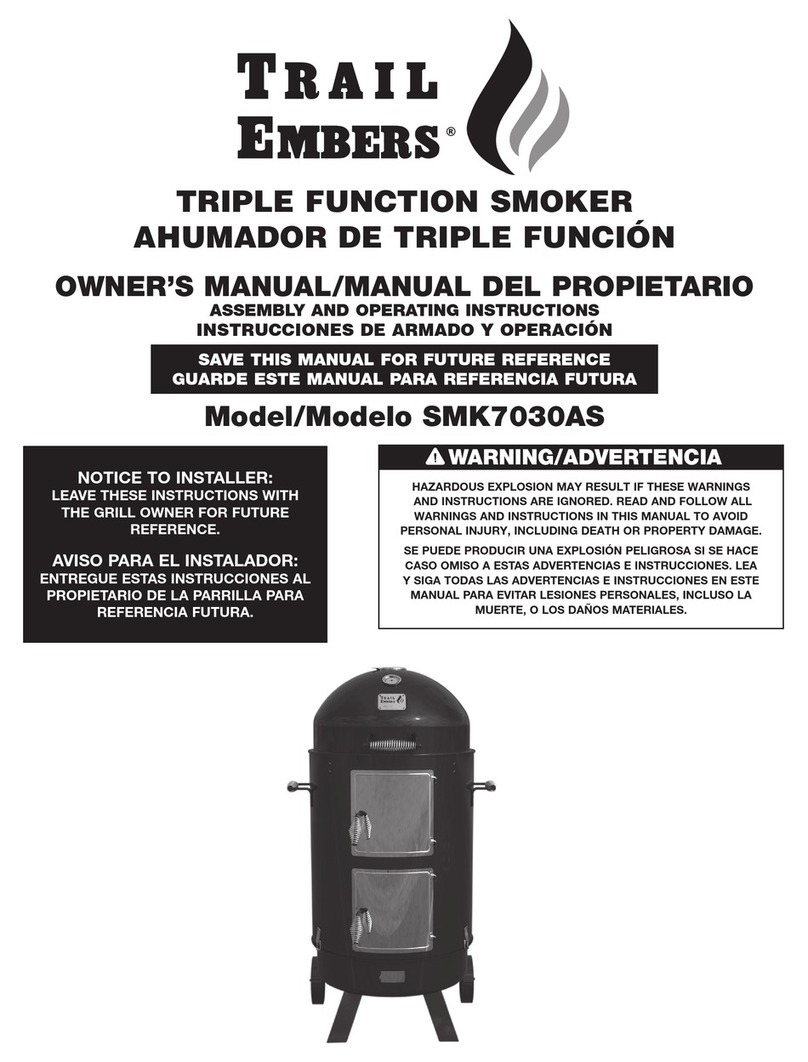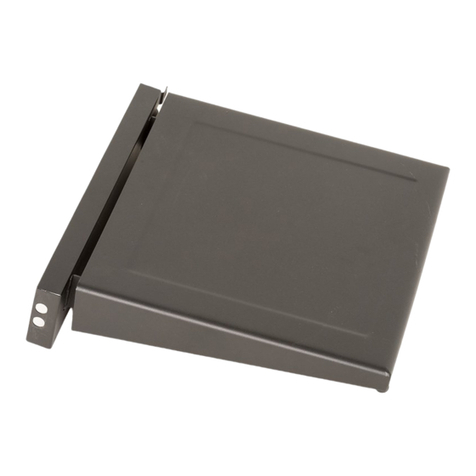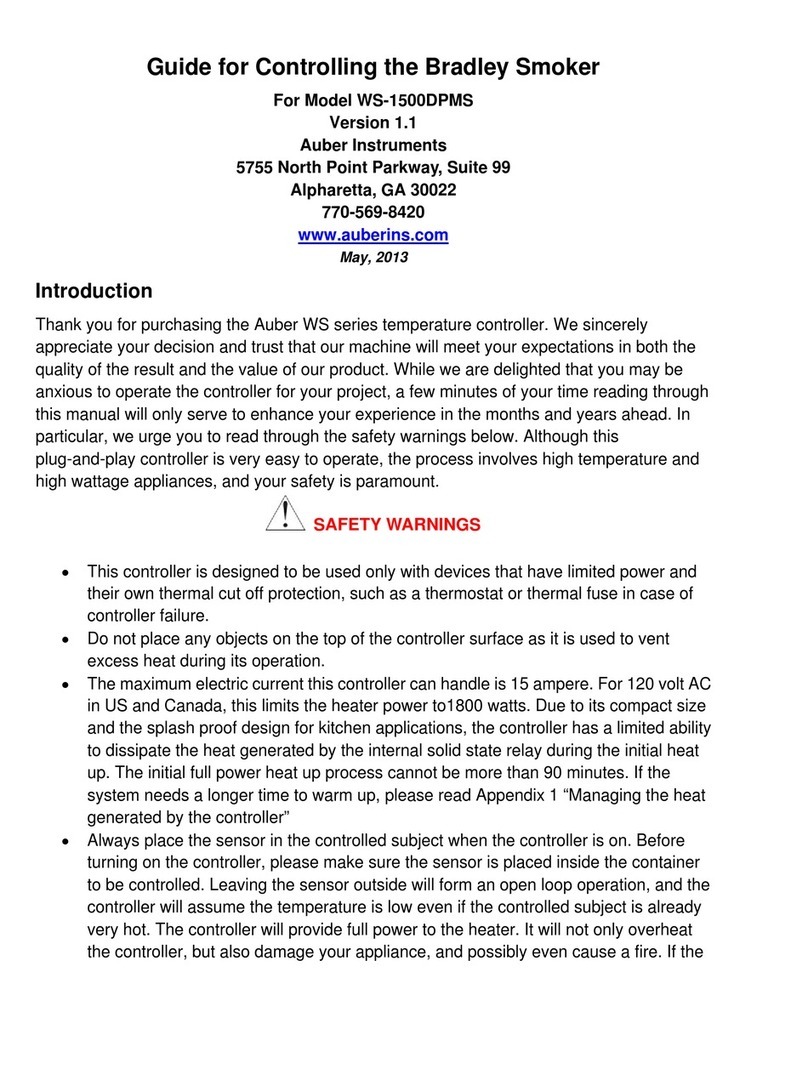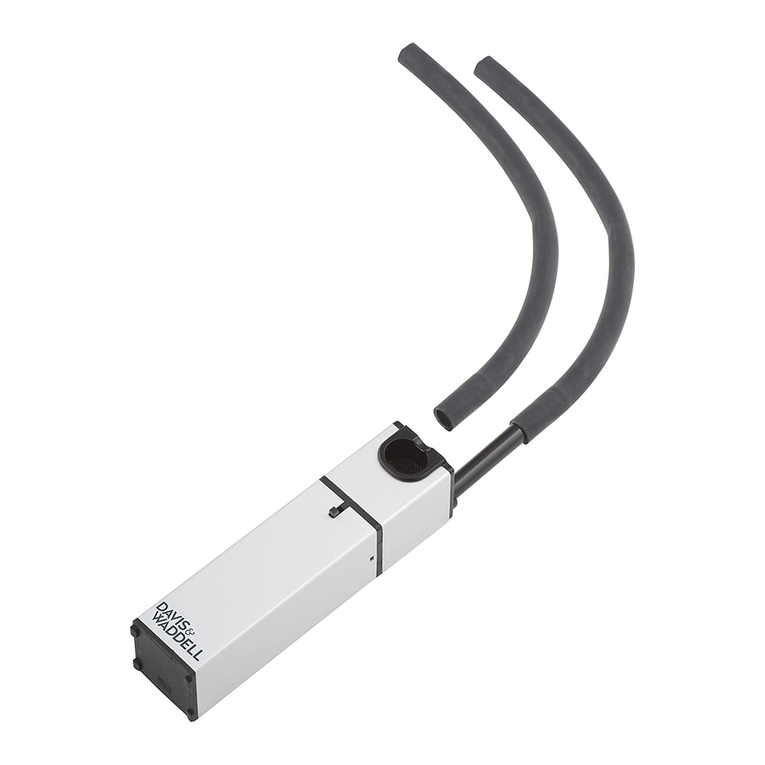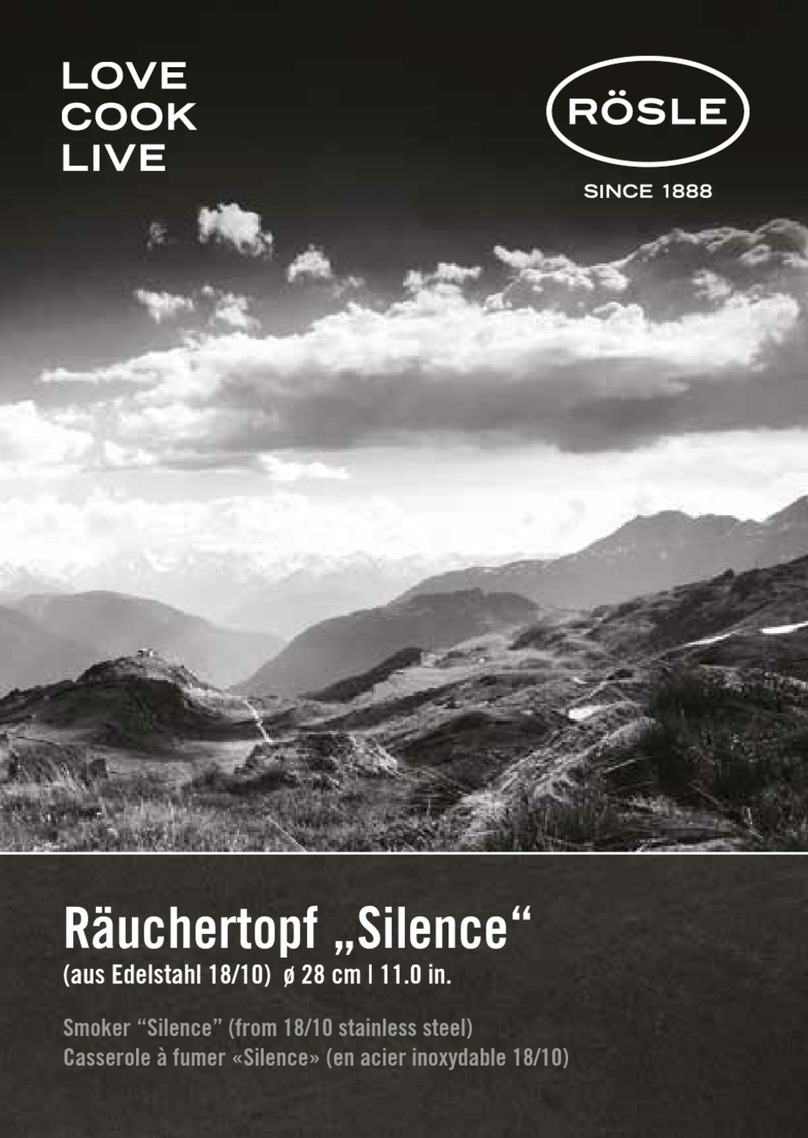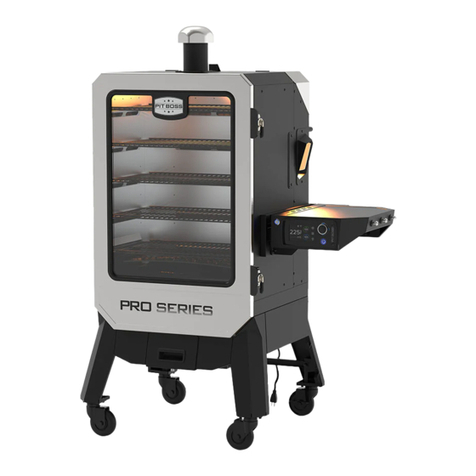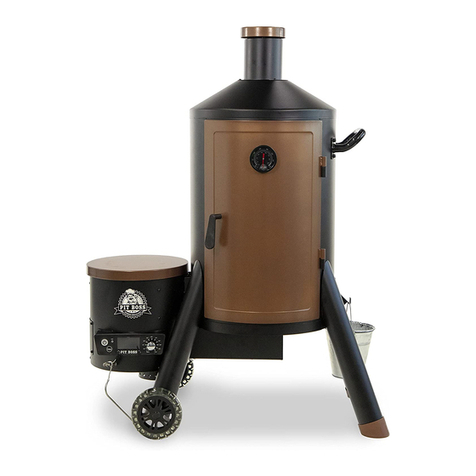
WARNINGS!
Disposal of Ashes
Ashes should be placed in a metal container with a tight-fitting lid. J&R offers
ash carts suitable for this purpose. The closed container of ashes should be
placed on a noncombustible floor or on the ground, well away from all
combustible materials, pending final disposal. If the ashes are disposed of by
burial in soil or otherwise locally dispersed, they should be retained in the closed
container until all cinders have thoroughly cooled.
Creosote – Formation and Need for Removal –
When wood is burned slowly, it produces tar and other organic vapors, which
combine with expelled moisture to form creosote. The creosote vapors condense
in the relatively cool chimney flue of a slow-burning fire. As a result, creosote
residue accumulates on the flue lining. When ignited this creosote makes an
extremely hot fire. The chimney connector and chimney should be inspected at
least twice monthly to determine if a creosote buildup has occurred. If creosote
has accumulated it should be removed to reduce the risk of a chimney fire.
Dedicated flue
If this unit is to be directly vented (no exhaust hood) do not connect to a flue
serving another appliance.
DANGER-Risk of Fire or Explosion
Do not burn garbage, gasoline, drain oil or other flammable liquids
WARNING-Risk of Fire
Do not operate with flue draft exceeding 0.03 in. water column.
Do not operate with fuel loading or ash removal doors open.
Do not store fuel or other combustible material within marked
installation clearances.
Inspect and clean flues and chimney regularly
CAUTION-Hot Surfaces
Keep children away
Do not touch during operation
Maximum draft 0.03 in. water column
If the pit stops (lights go off, etc.) and the front door feels excessively
hot to the touch, DO NOT OPEN THE PIT, as there may be a grease
fire inside. The pit will automatically resume operation when it cools
down. Open the doors only after it cools down.
NEVER OPEN A PIT DOOR UNTIL THE PIT HAS BEEN SWITCHED
TO EVAC FOR AT LEAST 60 SECONDS.


